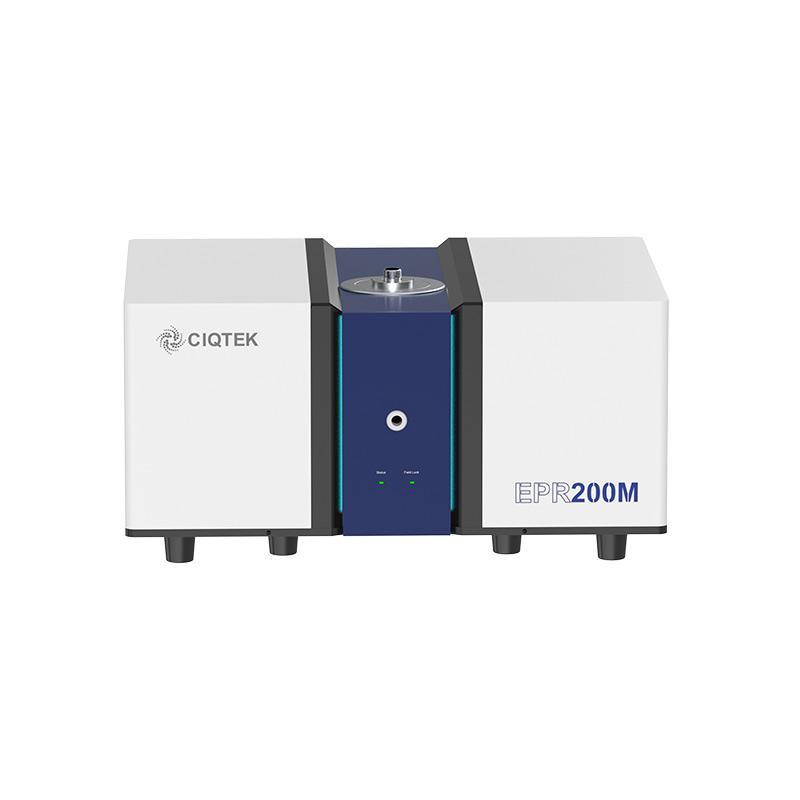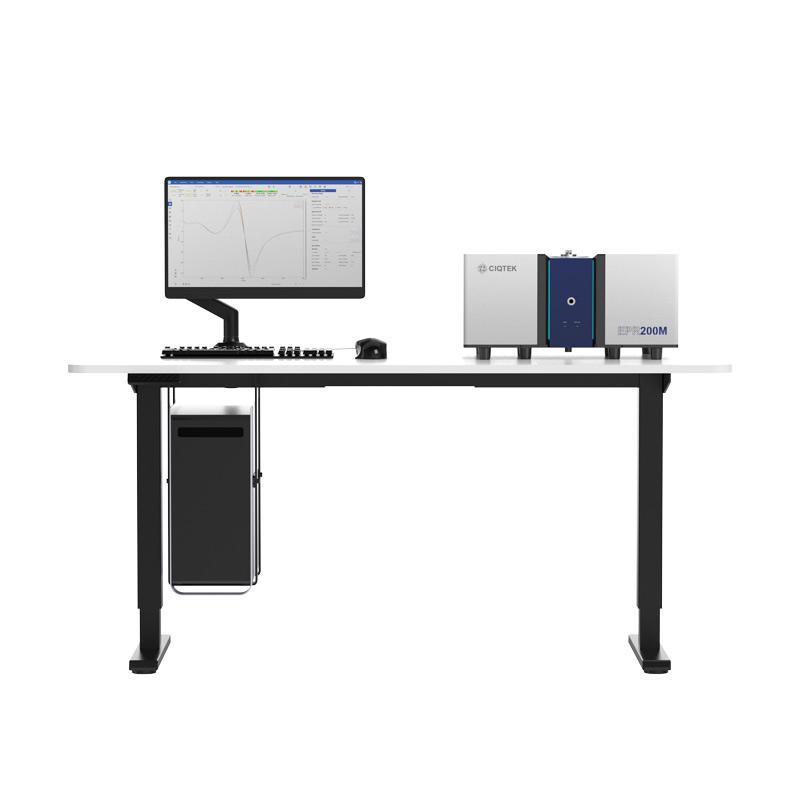X-band Benchtop Electron Paramagnetic Resonance or Electron Spin Resonance (EPR, ESR) Spectrometer
The CIQTEK EPR200M is a newly designed benchtop EPR spectroscopy specializing in the qualitative and quantitative analysis of free radicals, special valence transition metal ions, and material doping and defects. It is an excellent research tool for real-time monitoring of chemical reactions, in-depth evaluation of material properties, and exploration of pollutant degradation mechanisms in environmental science.
The EPR200M adopts a compact design and highly integrates the microwave source, magnetic field, probe, and main controller, ensuring sensitivity and stability while being compatible with diverse experimental needs. The user-friendly interface allows even first-time users to start quickly, making this advanced instrument truly easy to use.
★ Email our experts for custom solutions, quotes, or detailed brochures: info@ciqtek.com










































































